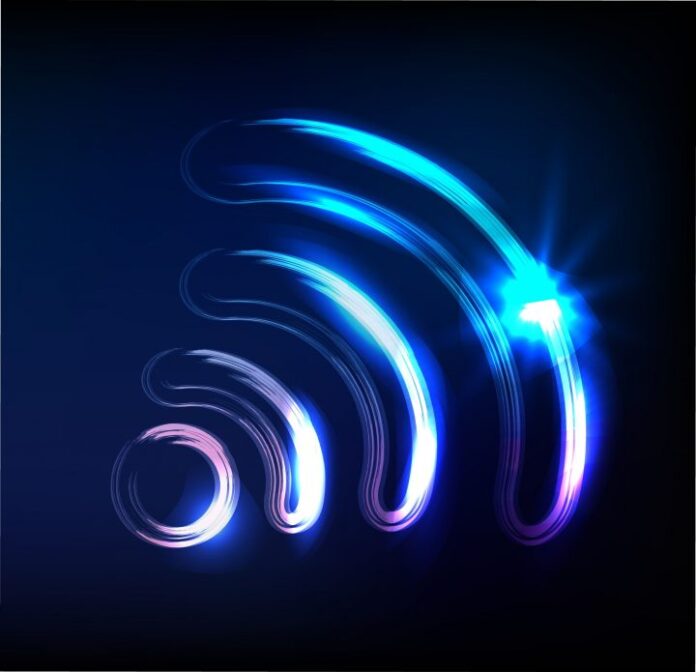Wi-Fi Alliance is officially launching 802.11ac Wave 2 certification, supporting the growth of new features designed to increase performance and capacity in Wi-Fi.
Although products with Wave 2 features have been on the market since last year, the WFA’s Wi-Fi Certified program is designed to ensure interoperability among devices. This is particularly important in the Wi-Fi ecosystem, since many devices and access points have long life cycles.
“The second wave of features is really going to take Wi-Fi to an amazing new height in terms of performance and capacity – both on the consumer side in the home, but also it’s relevant to service providers and the experience that they can deliver to their customers because of these new capabilities,” said Kevin Robinson, VP of marketing for Wi-Fi Alliance. Wave 2 is expected to deliver speeds as high as 3.47 gigabits per second.
The most highly anticipated Wave 2 feature has been multi-user multiple-input/multiple-output antenna technology. Instead of an access point transmitting and receiving data to one device at a time and taking turns among devices, MU-MIMO enables multiple devices to be served with simultaneous data streams, rather than juggling each device’s access on time-based slices of the available network capacity. Basically, it functions so that it’s as if each device has its own router — up to four devices, and then devices have to start sharing data streams.
Signals Research Group conducted independent testing of MU-MIMO for Qualcomm earlier this year, concluding (white paper pdf) MU-MIMO provides improvements to Wi-Fi, and that 802.11ac’s “real potential reveals itself with the inclusion of more advanced features that deliver even higher individual data rates under a wide range of network conditions, not to mention increased network capacity. From a consumer’s perspective, these benefits are obvious when it comes to typical applications such as video streaming.”
SRG categorized MU-MIMO’s benefits in two specific areas: capacity and data rates, ultimately leading to a better user experience because the available Wi-Fi resources are used more efficiently.
Last December, Strategy Analytics reported 802.11ac Wave 2 technology was already gaining “rapid traction” and predicted Wave 2 “will become the highest shipping Wi-Fi standard yet.” Christopher Taylor, Director of RF and wireless components at Strategy Analytics, noted the technology “works best when both ends of the Wi-Fi connection have Wave 2 capable radio chips” and at the time there were already more than 60 device models with Wave 2 feature support. Strategy Analytics expected hundreds of millions of Wave 2-enabled devices will ship this year, leading to tens of millions of Wave 2 routers and related infrastructure being sold through 2017.
Robinson noted that in terms of speeds, performance is always affected by the surrounding environment – particularly in wireless. Users should still expect Wave 2 features will bring noticeable improvements, he added. However, Wi-Fi speeds have reached a point where the backhaul connection from a home or enterprise may be more of a limiting factor on experienced performance than the wireless connection itself, Robinson noted. But faster fiber-to-the-home speeds and DOCSIS 3.1 are emerging as well, so that wireless and wireline can keep pace with each other so long as the new technologies are in place on both sides.
“You’re getting faster pipes coming into the home, which means you need to have an efficient way of distributing that to all of your clients. Having an access point that can’t meet the speeds of the pipe coming in is an artificial bottleneck,” said Mark Grodzinsky, senior director of product management at Qualcomm. Grodzinsky added certification programs can open up the enterprise to new technologies.
Other features included in the 802.11ac Wave 2 certification are:
160-megahertz channels: Maximum channel bandwidth in Wave 2 is increased from 80 megahertz to 160 megahertz, which potentially doubles transmission speeds – at least in theory. (Skepticism from 7Signal here and thoughts from Aerohive here – utilizing a 160-megahertz channel can be done in more than one way, but is likely to be challenging in dense enterprise deployments).
Extended 5 GHz channel support: WFA said Wave 2 encourages device support for more of the available 5 GHz channels, potentially increasing efficient use of spectrum and reducing interference by minimizing the number of networks that operate in overlapping channels.
Four spatial streams: Support for four transmitting and receiving antennas. This is an increase from three spatial streams in 802.11ac’s first wave.
Five 802.11ac Wave 2 products have already been certified as part of the launch and are part of the test bed for interoperability certification, according to WFA. They are: Broadcom BCM94709R4366AC; Marvell Avastar A88W8964; MediaTek’s MT7615 AP reference design and MT6632 STA reference design; Quantenna’s QSR1000 4×4 802.11ac Wave 2 chipset family; and Qualcomm’s IPQ8065 802.11ac four-stream dual-band, dual-concurrent router.
RCR editor Sean Kinney contributed to this report.

